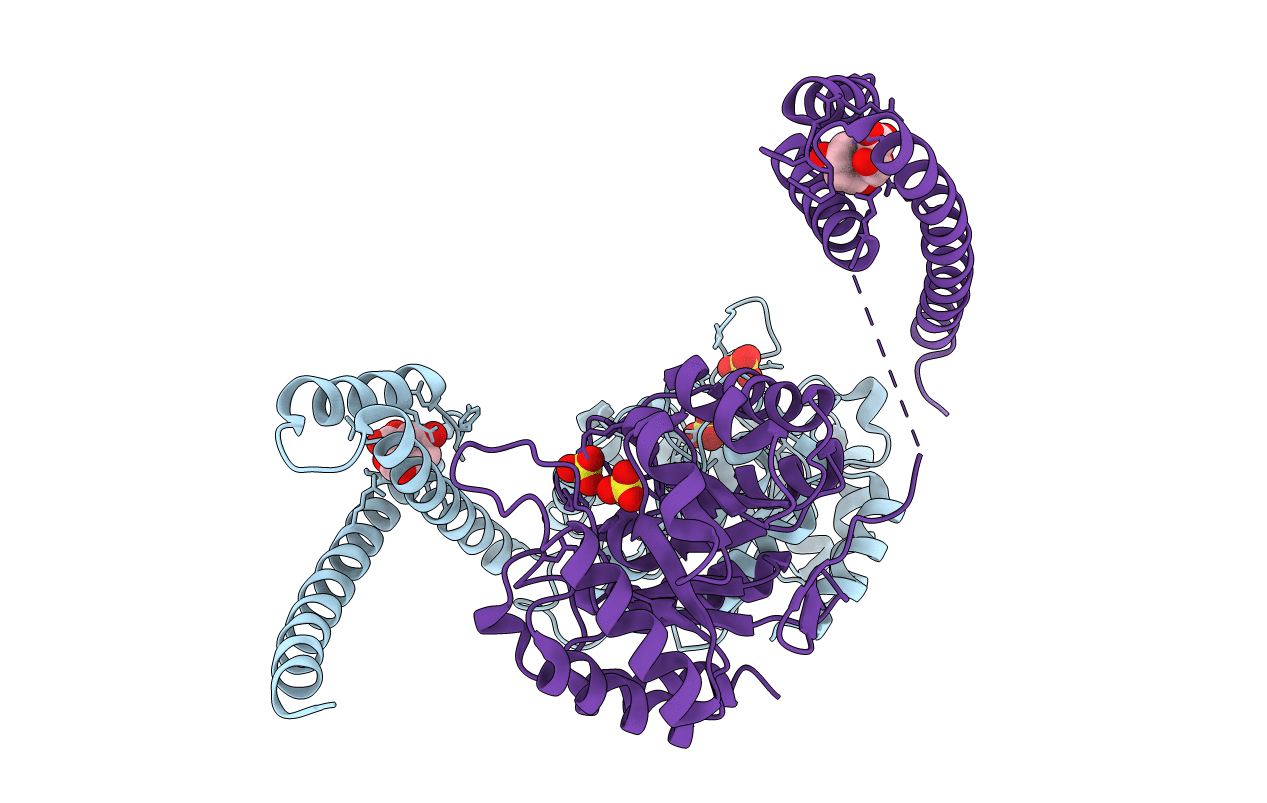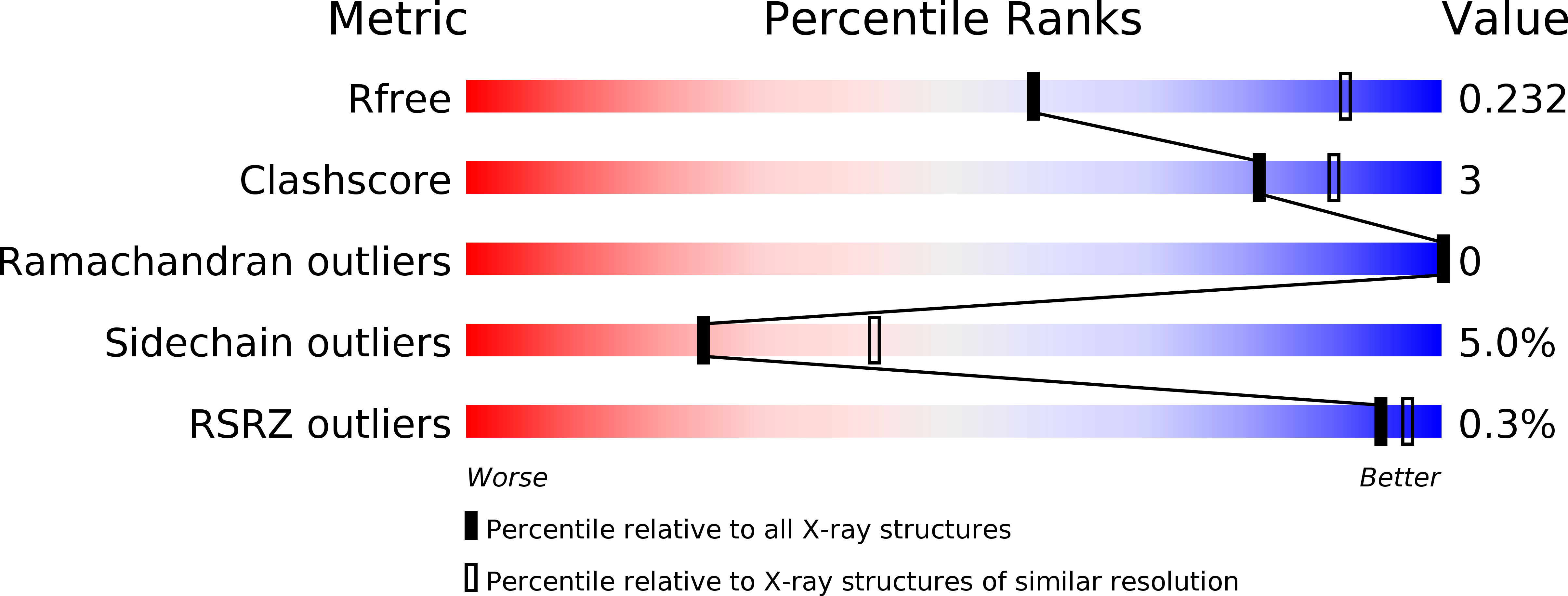
Deposition Date
2016-04-04
Release Date
2016-09-07
Last Version Date
2023-09-27
Entry Detail
PDB ID:
5J6F
Keywords:
Title:
Crystal structure of DAH7PS-CM complex from Geobacillus sp. with prephenate
Biological Source:
Source Organism:
Geobacillus sp. GHH01 (Taxon ID: 1233873)
Host Organism:
Method Details:
Experimental Method:
Resolution:
2.75 Å
R-Value Free:
0.23
R-Value Work:
0.18
R-Value Observed:
0.18
Space Group:
P 64


